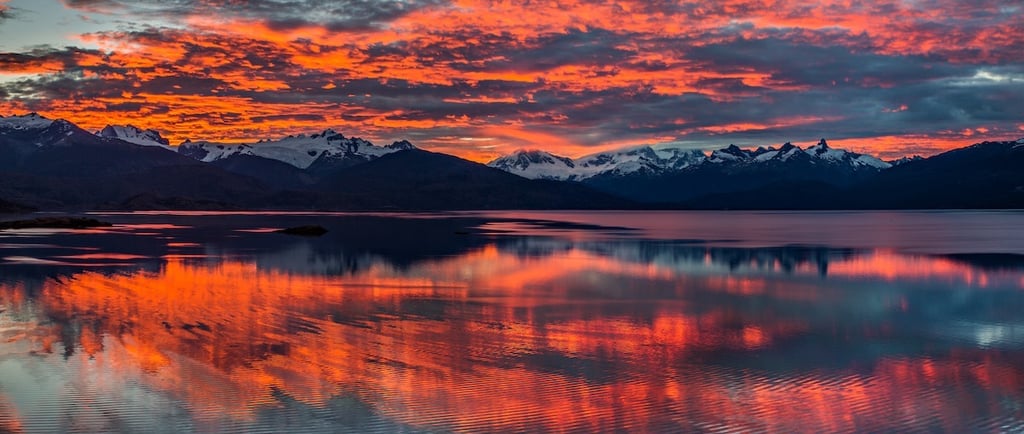Tips for Photographing Patagonia
Learn to capture the natural beauty of the region.
Estepa Patagónica
10/13/20242 min read


Patagonia, with its vast and varied landscapes, is a paradise for both amateur and professional photographers. From towering mountains and glaciers to crystal-clear lakes and dense forests, the region offers countless opportunities to capture stunning images. However, photographing Patagonia requires preparation and knowledge to make the most of its unique conditions. Here are some essential tips for photographing this magnificent region.
1. Planning and Season
Planning is key to a successful photography session in Patagonia. Research the best times to visit based on what you want to capture. Spring and autumn offer vibrant colors and fewer crowds, while summer provides longer days and more stable weather conditions. Check weather forecasts and keep in mind that the weather can change rapidly, which is typical in Patagonia.
2. Appropriate Gear
Bringing the right gear is crucial to handle Patagonia’s variable conditions. A good tripod is indispensable for stabilizing your camera on uneven terrain and during long exposures. Additionally, use versatile lenses, such as a wide-angle for expansive landscapes and a telephoto to capture distant details. Don’t forget to protect your equipment against wind, rain, and dust with waterproof covers and UV filters.
3. Composition and Perspective
Composition is crucial for creating impactful images. Use the rule of thirds to balance your photographs and add foreground elements to give depth to your landscapes. Experiment with different angles and perspectives, such as shooting from below to emphasize the majesty of the mountains or from a height to capture panoramic views. Utilize natural lines, like rivers and paths, to guide the viewer’s eye through the image.
4. Lighting
Natural light can transform your photographs. Take advantage of the golden hours of sunrise and sunset when the light is soft and warm, providing richer colors and softer shadows. Midday light can be harsh but is ideal for highlighting details and textures in rocky formations and vegetation. Learn to read the light and adjust your exposure to avoid overexposing or underexposing your images.
5. Capturing Wildlife
Patagonia is home to a rich diversity of wildlife, including condors, guanacos, and pumas. To photograph animals in their natural habitat, remain calm and use a telephoto lens to get close without disturbing them. Observe their behaviors and movements to anticipate unique moments. Patience is essential; often, you’ll need to wait for long periods to capture the perfect shot.
6. Post-Processing Techniques
Post-processing can enhance your photographs and correct imperfections. Use editing software like Adobe Lightroom or Photoshop to adjust exposure, contrast, and saturation. Correct distortions caused by wide-angle lenses and remove distracting elements from the background. However, maintain a balance to ensure the images remain true to Patagonia’s natural beauty.
7. Respect for the Environment
Finally, it is crucial to respect the natural environment while photographing. Follow Leave No Trace principles by avoiding altering the landscape or disturbing wildlife. Keep a safe distance from animals and use established trails to minimize your environmental impact. By respecting nature, you ensure that Patagonia remains a pristine place for future generations of photographers and travelers.
Conclusion
Photographing Patagonia is a rewarding experience that allows you to capture the essence of one of the world’s most beautiful regions. With proper planning, the right equipment, and a respectful approach, you can create stunning images that reflect the majesty and serenity of this natural paradise. Prepare your camera and embark on an unforgettable photographic adventure in Patagonia!
